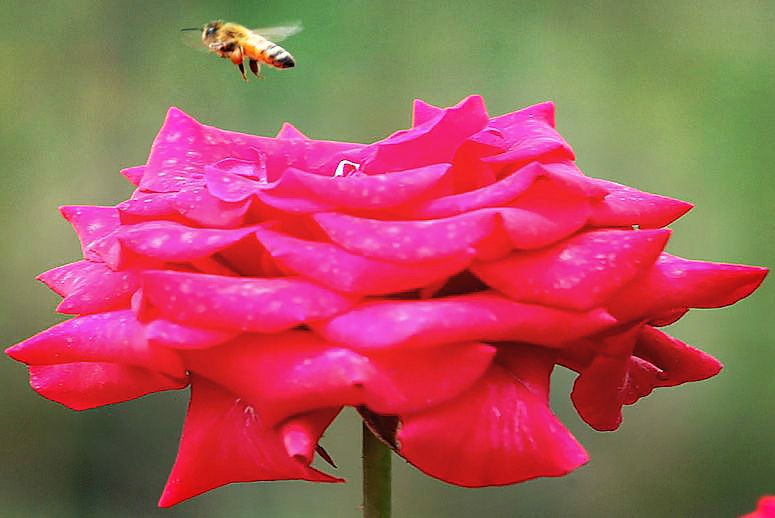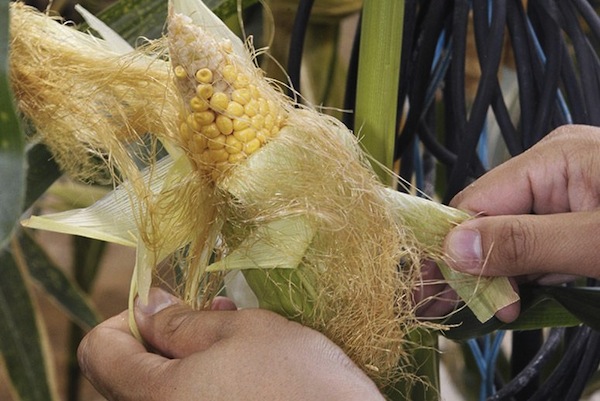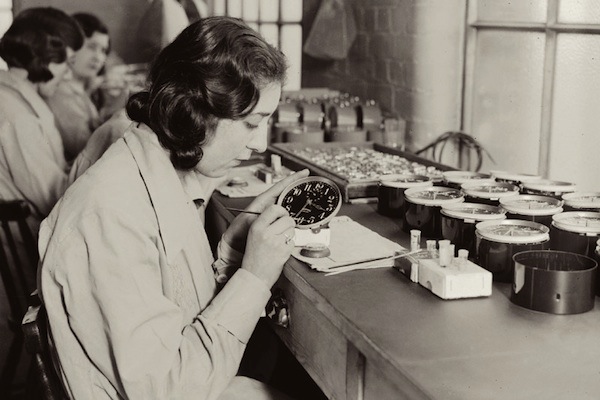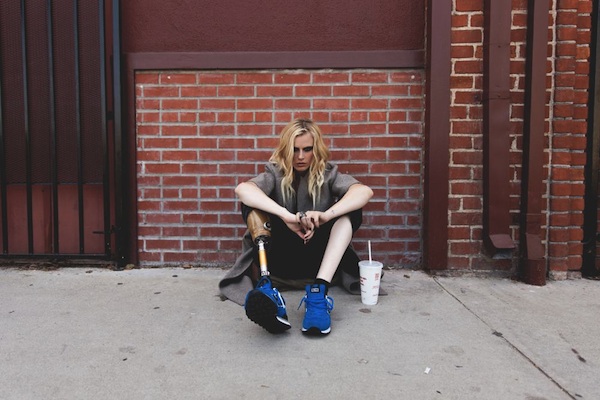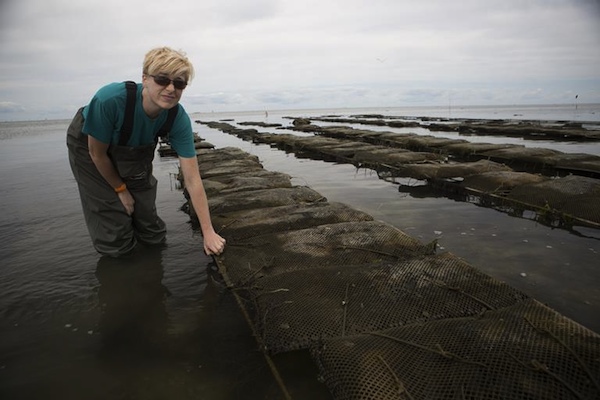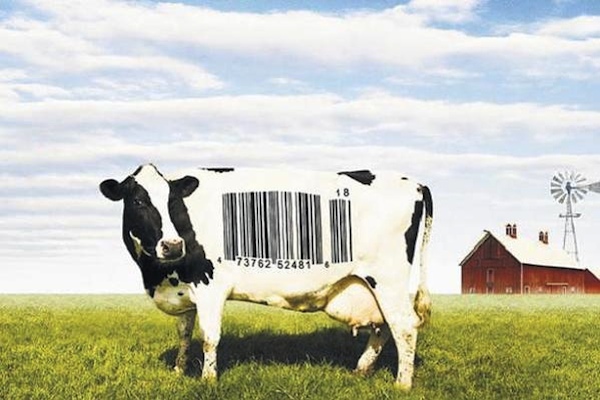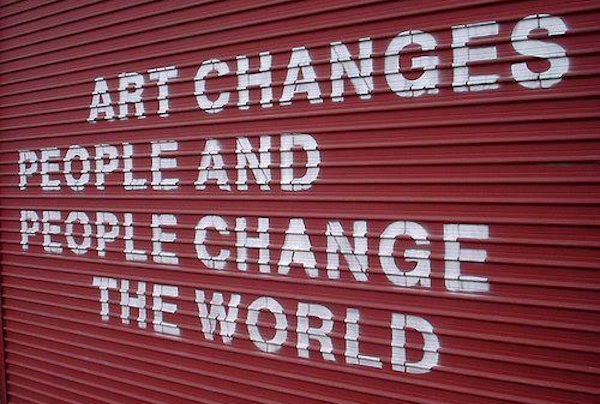New research finds that as climate change increases ozone levels, pollinators will have a harder timing finding plants that feed them. A rose by any other name would smell just as sweet, but a rose after climate change may not smell much at all. That’s going to be a problem for the bees that pollinate a third of the world’s food supply, according to new research. Flowers and other plants rely on microscopic scent molecules to attract the bees and other pollinators that feed on them. Climate change is going to disrupt that process, mostly because of ground-level ozone, which is projected to increase over the coming decades. The research, published in the journal New Phytologist, found that flowers’ fragile scent molecules break down more quickly as they are exposed to greater levels of ozone. “Ozone is a highly reactive pollutant that enhances the degradation of all plant volatiles in general, reducing their lifetimes,” said the study’s lead author, Gerard Farré-Armengol of the Centre for Ecological Research and Forestry in Barcelona, Spain. Increasing ozone levels will make flowers less attractive to pollinators because the plants won’t maintain their scent for as long or over as great a distance, a change that […]
Continue reading... →Performance fabrics that offer anti-bacterial and anti-odor qualities, as well as sun protection, may contain nanoparticles that are largely untested for human health effects. If you’ve been shopping for workout clothes lately, you may have seen labels making some extraordinary claims—namely, that you can work up a sweat and your clothes won’t smell when your exercise session is over. Sound too good to be true? You may want to think twice about buying clothes making such claims, because the anti-bacterial properties are brought to you by nanotechnology. While certain nanoparticles in clothing can kill off bacteria, as a whole they are largely untested, barely regulated, and may pose serious risks to your health and the Earth. Nanotechnology involves the use of very small particles, called nanoparticles, to bring certain characteristics to a product. Nanoparticles are defined as being between the range of 1-100 nanometers in size. A billion of them can fit on the head of a pin. Nanomaterials are currently used in body care products, as well as consumer products like cutting boards, towels, food, and, yes, clothes. The most common nanomaterials in clothing are nanosilver and nano-titanium dioxide. Nanosilver is woven into fabric to give it anti-bacterial properties, […]
Continue reading... →Scientists and industry professionals are often called in to offer their expertise on various causes and products. And while practically all specialists can agree on some topics—such as climate change or the efficacy of a brand of toothpaste—there’s no clear consensus about the safety of GMO foods, which have been genetically altered to contain more nutrients or resist diseases.
Continue reading... →Being an environmentalist doesn’t have to mean sacrificing dreams of having a family. In fact, as the five women on this list prove, being a mother can make us even more committed to keeping the planet clean and green. And while some environmentalists point to overpopulation as the leading cause of global warming, there’s more evidence showing that our mismanagement of resources is more to blame than the number of people on the planet.
Continue reading... →Many food items that are produced in the United States are full of additives and chemicals. Unfortunately, Americans are eating lab-created and nutrient-stripped food that somehow got twisted around into being called healthy or normal. Because the food industry is a big business, many probably don’t know the facts about how their food is produced, and what ingredients in that food can do to our bodies.
Continue reading... →